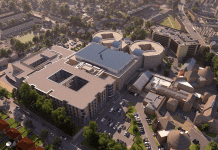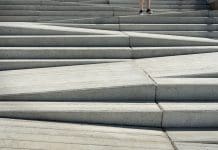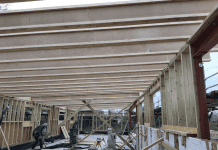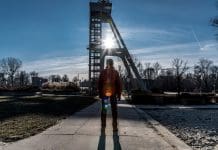The British Standards Institute (BSI) has announced a new project to create the first set of guidance for the design of the built environment to include the needs of people who experience sensory and neurological difficulties
The fast-tracked standard, PAS 6463 Design for the mind – Neurodiversity and the built environment – Guide, will provide information for designers, planners, specifiers, facilities managers and decision-makers.
It will focus on particular design features which can make public places more inclusive for everyone, in particular by reducing the potential for sensory overload, anxiety or distress.
It will address sensory design considerations including lighting, acoustics and flooring.
The new standard includes neurodivergent, neurodegenerative and other neurological conditions which may affect sensory processing and mental wellbeing.
The standard will be developed by a steering group of experts in the built environment, transportation, planning and neurodiversity fields.
The standard is expected to publish in April 2021. It is sponsored by Transport for London (TfL), Forbo Flooring Systems, BuroHappold and the BBC.
Planning and design challenges
Rob Turpin, head of Healthcare Standards at BSI said: “Neurodivergent people face daily design-based challenges living and working in the built environment.
“PAS 6463 will take the first step to help address these challenges by developing authoritative guidance on how to create mindful, modern and inclusive environments that recognise the diverse needs of individuals.”
Jean Hewitt, senior inclusive design consultant & trainer, BuroHappold and technical author, said: “In addition to designing places to accommodate our diversity in form, size and physical ability, there is also a profound need to design for neurological difference.
“Since my first involvement in this area in 2009, I have hoped for some progress for the many neurodivergent colleagues, friends and family whose lives are unnecessarily blighted by places that don’t work for them.
“Some have a formal diagnosis, but many do not; there are also many neurotypical people more mildly but regularly affected, perhaps triggering unsteadiness, migraines or experiencing extra daily stress through elements that are not intuitive for them.
“I believe at least 20% of the population are negatively impacted by elements that could so easily be adjusted or eliminated during design without any cost implications.
“This PAS is an opportunity to ask designers to carefully consider this normal neurological diversity of humans rather than just meeting basic regulatory demands.
“Places should be comfortable to visit and use without encountering emotional distress or difficulty and I’m very excited to be involved in developing some guidance to help make this the case for many more people”
















